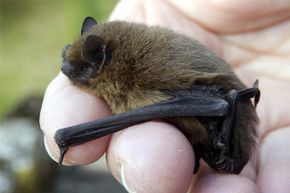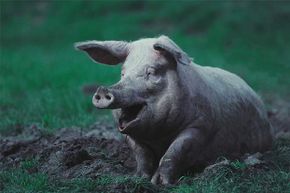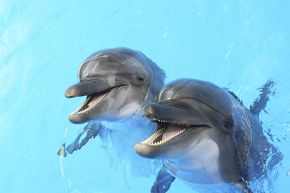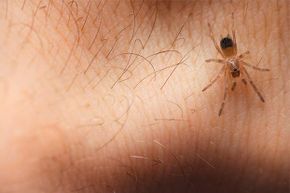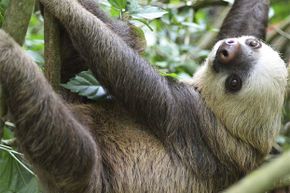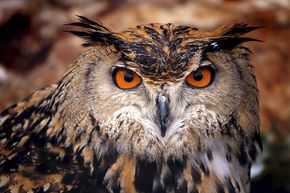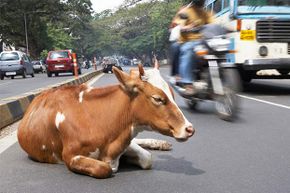From the time we are very young, we hear stories and watch cartoons in which animals play the leading characters. Over time, many of those animal protagonists show certain traits that are played out repeatedly. Think of the sly fox; the jolly, bumbling bear; the sneaky, malicious snake; the cheerful bluebird; the helpful (or nosy) mother hen.
While the animals may differ from one culture to another, animal stereotypes can be found in just about every one. Some stereotypes may begin with a grain of truth, but as with any other stereotype, individual differences can get lost when we try to generalize traits across an entire group of our furry, scaly or feathered friends. In fact, some of the stereotypes have no basis in truth.
Advertisement
Before you try to cuddle up to a koala, swim with a smiling dolphin or squish another spider, read about 10 animals that completely defy their stereotypes.


